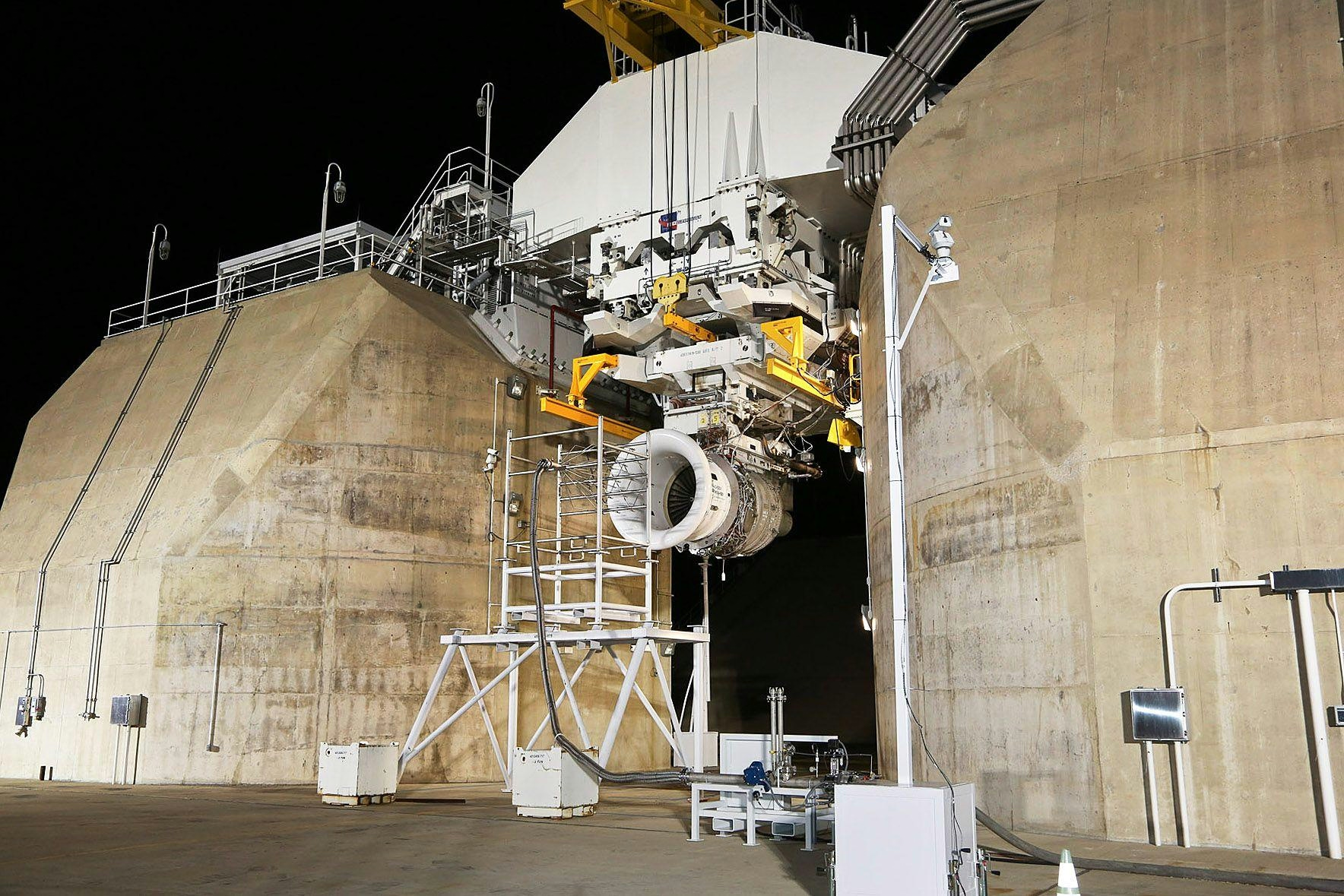
AeroGenie — Uw intelligente copiloot.
Trending
Categories
GE and MTU Partner to Expand GEnx Engine Maintenance Options
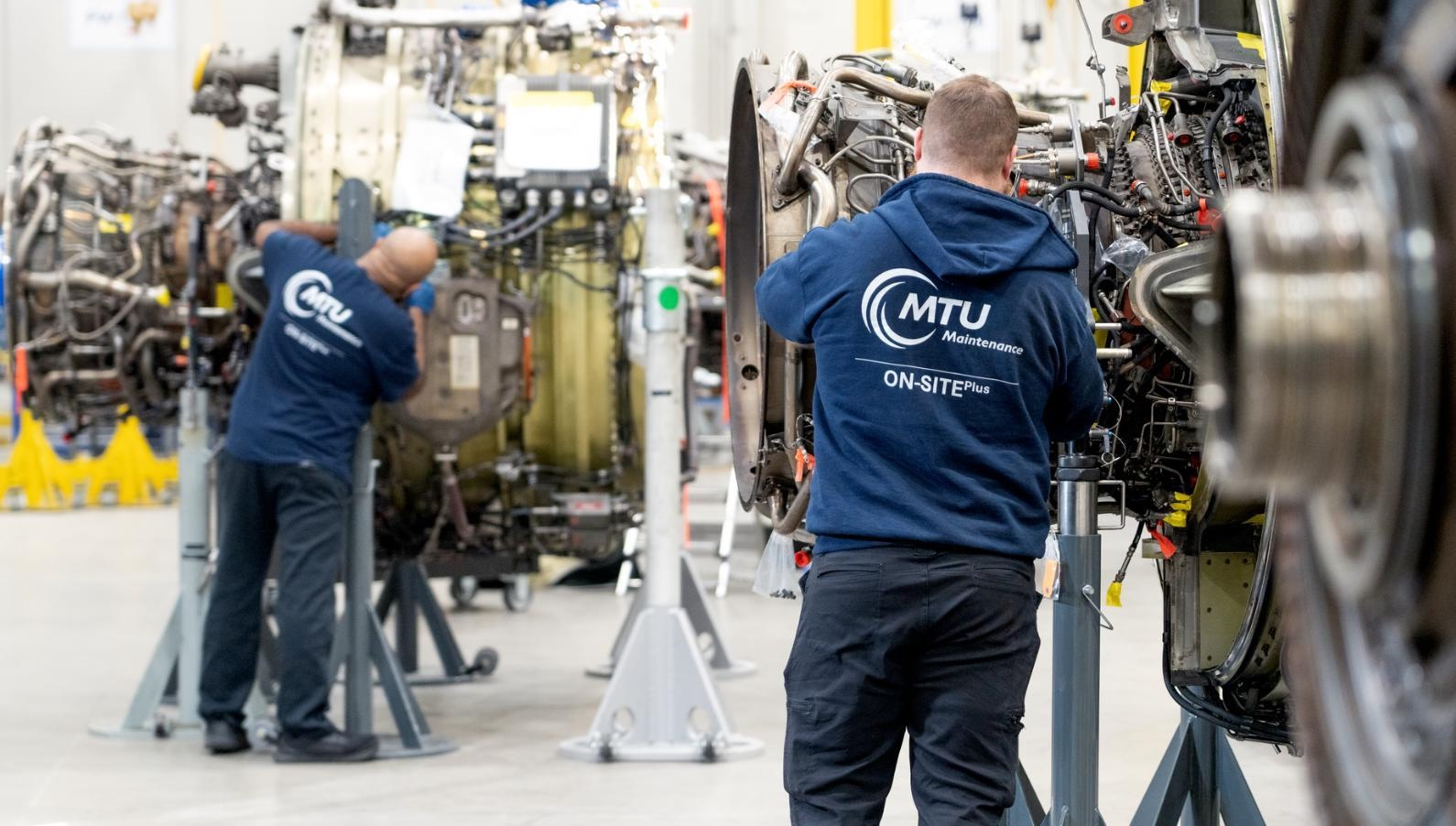
GE and MTU Partner to Expand GEnx Engine Maintenance Options
Expanding Maintenance Capabilities for GEnx Engines
GE Aerospace and MTU Maintenance have formalized a long-term partnership aimed at broadening maintenance, repair, and overhaul (MRO) services for the GEnx engine family. As part of this agreement, MTU Maintenance Dallas will become an authorized service provider for GEnx engines, gaining access to GE’s specialized training programs, technical support, and proprietary overhaul and repair technologies. This collaboration is intended to provide operators of GEnx engines with greater flexibility and a wider range of maintenance options, while simultaneously increasing shop capacity to address the growing demand driven by the expansion of global air travel.
Since its introduction in 2011, the GEnx engine has rapidly become GE Aerospace’s fastest-selling high-thrust engine, accumulating over 62 million flight hours. Currently, more than 3,600 GEnx engines are either in service or on order, including spare units. The partnership builds on MTU Maintenance’s recent expansion in Fort Worth, Texas, where the company now operates a 43,000-square-meter facility equipped with an engine test cell capable of handling thrust levels up to 100,000 pounds. This enhanced infrastructure enables MTU Maintenance to offer full overhaul capabilities for the GEnx engine line, thereby strengthening its presence in the North American market and increasing its competitiveness within the open MRO sector.
The GEnx engine powers the Boeing 747-8 and is one of two engine options for the Boeing 787 Dreamliner, currently installed on approximately two-thirds of all 787 aircraft in service worldwide. Its widespread adoption is attributed to its exceptional performance, reliability, improved fuel efficiency, reduced emissions, and advanced technology, all of which support airlines’ efforts to modernize their fleets and reduce environmental impact.
Market and Strategic Implications
The industry has responded positively to the GE-MTU partnership, recognizing that expanded service options and increased maintenance capacity will benefit airlines and operators by providing more choices and potentially reducing turnaround times. At the same time, this development intensifies competition within the MRO market, encouraging rival service providers to enhance their own maintenance offerings. Consequently, both GE Aerospace and MTU Maintenance are positioned to increase their market share as they adapt to evolving customer demands.
Strategically, the agreement not only expands the service capabilities for the GEnx engine but also reinforces its position as a leading powerplant in modern aviation. The partnership is expected to foster further advancements in engine technology and maintenance practices, supporting the sustained growth and operational sustainability of airlines worldwide.
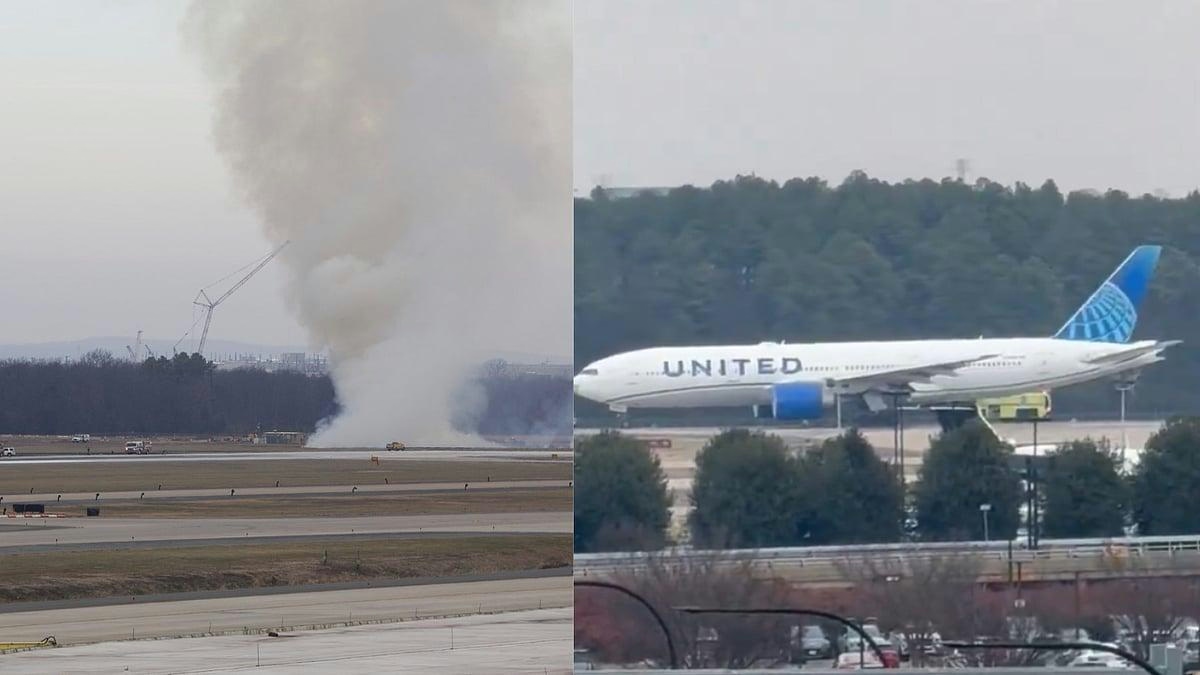
Boeing 777 Engine Failure Reported at Dulles Airport
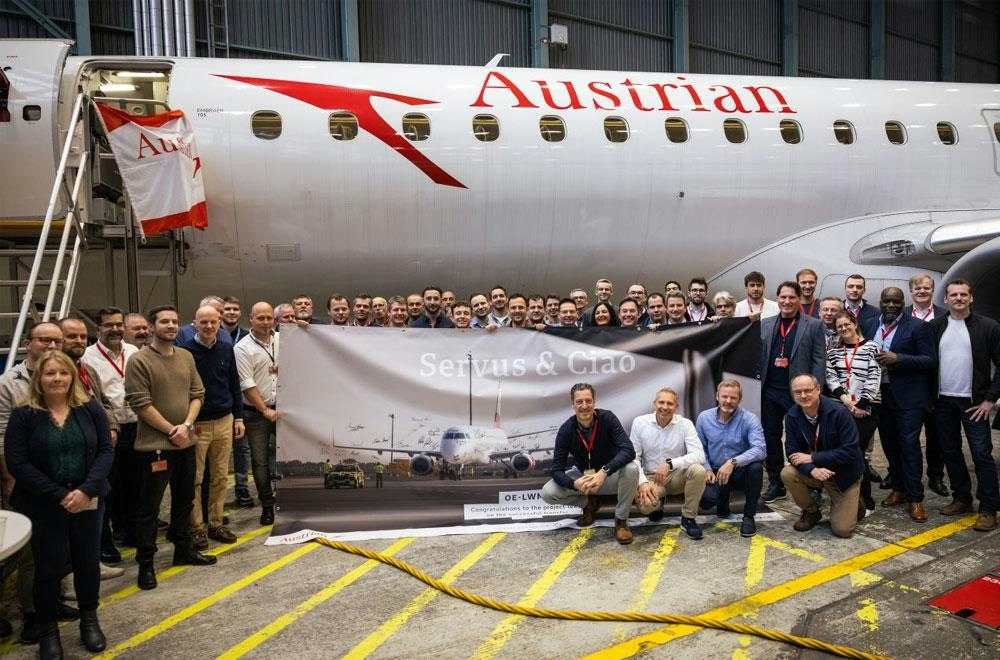
Austrian Airlines Transfers Embraer Fleet to Air Dolomiti

Airbus and Ingenium Open Aerospace Innovation Lab in Ottawa
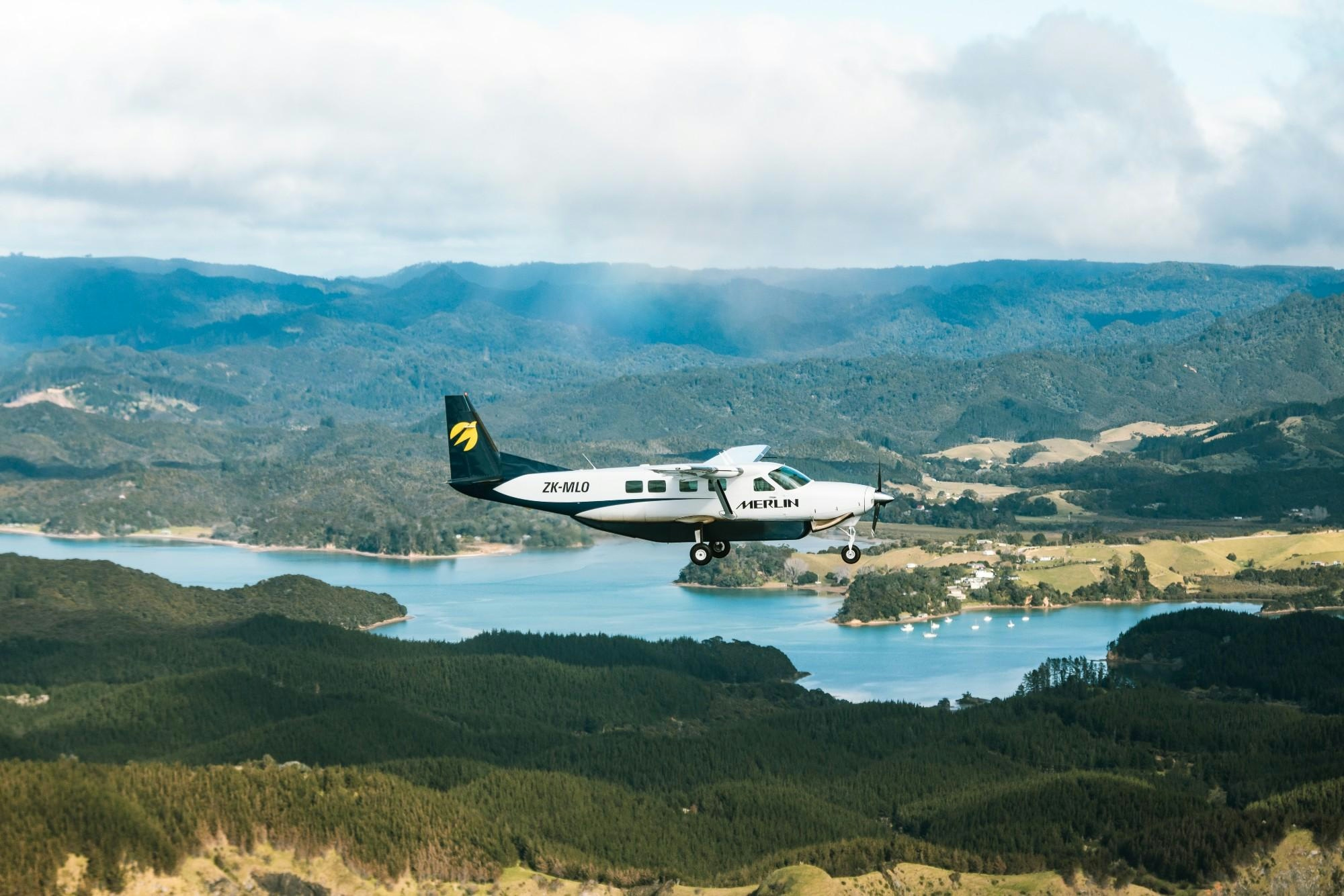
Merlin Labs: AI Aviation Company with SPAC Downside Protection
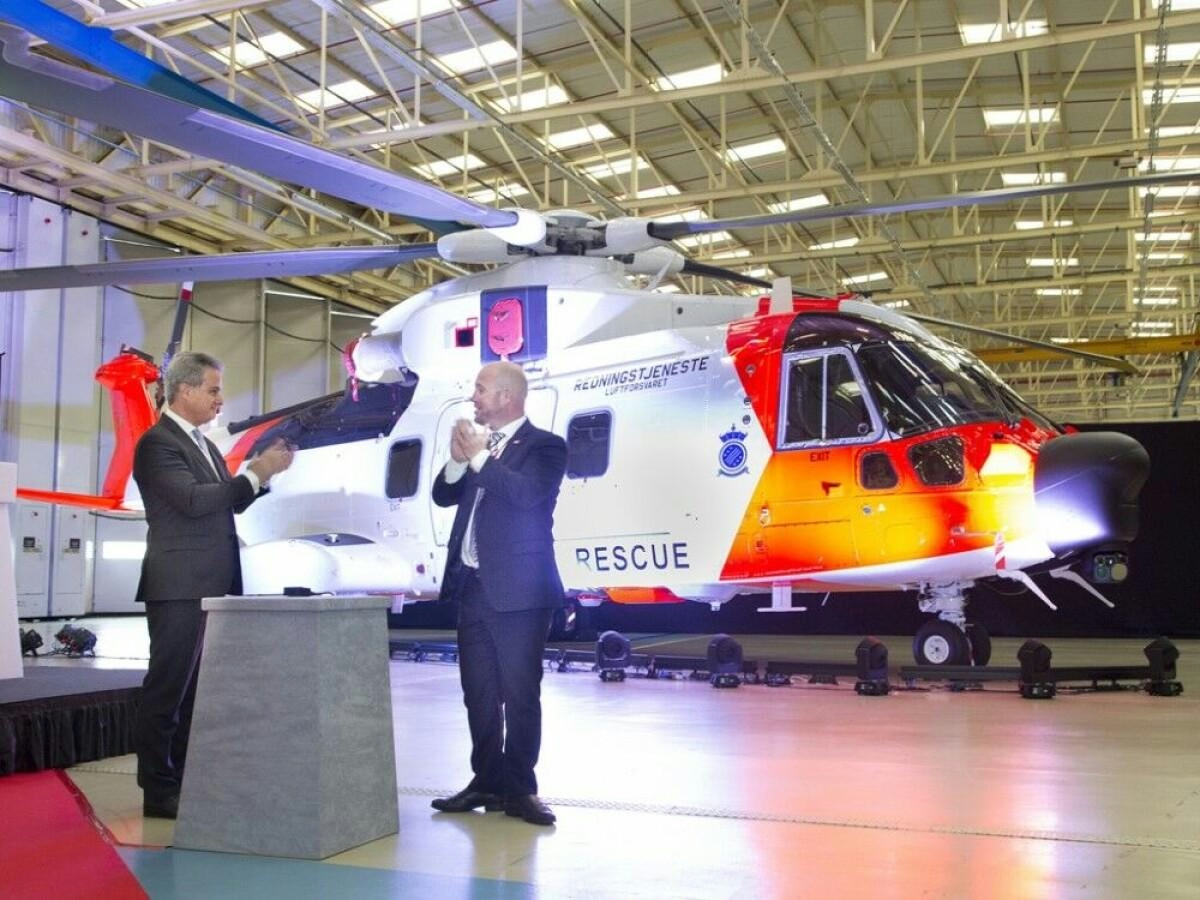
Heli-One Extends AW101 Search and Rescue Support in Norway

Falko Completes First Aircraft Sale in Japan
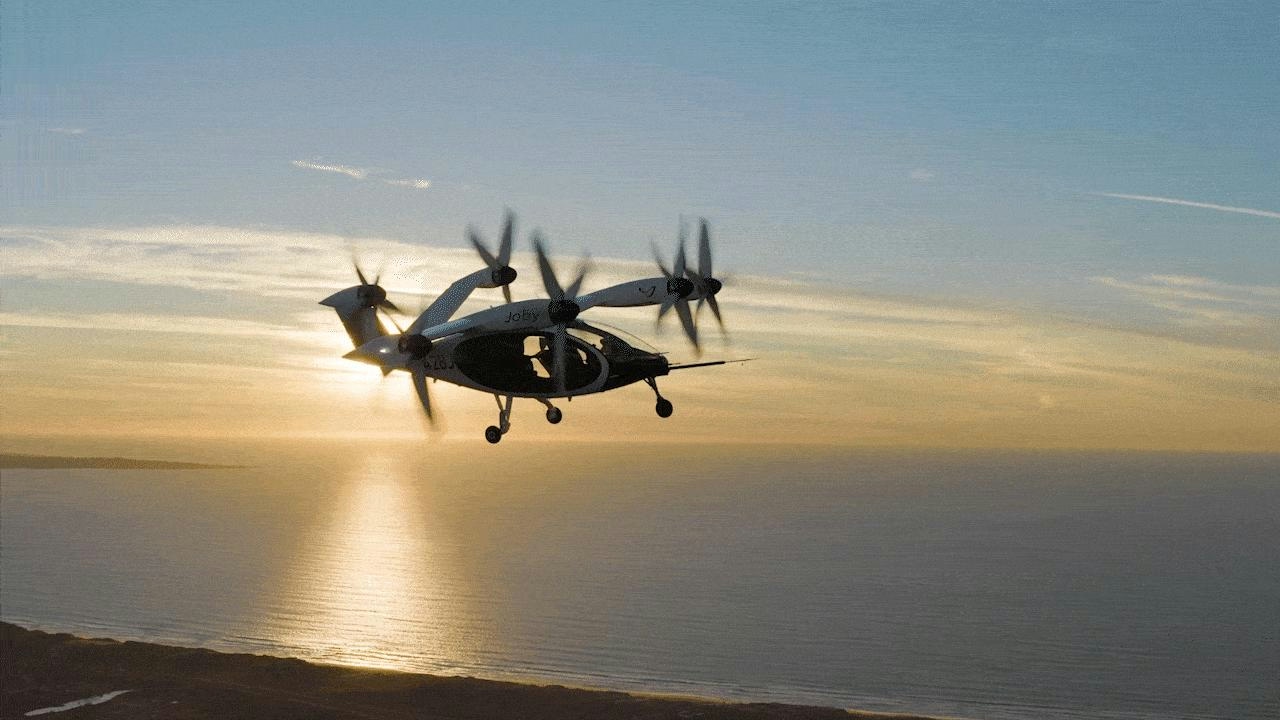
Joby Surpasses 50,000 Air Taxi Miles, Completes Fourth Global Demonstration

SWISS Renews Boeing 777 Component Support Agreement with LHT
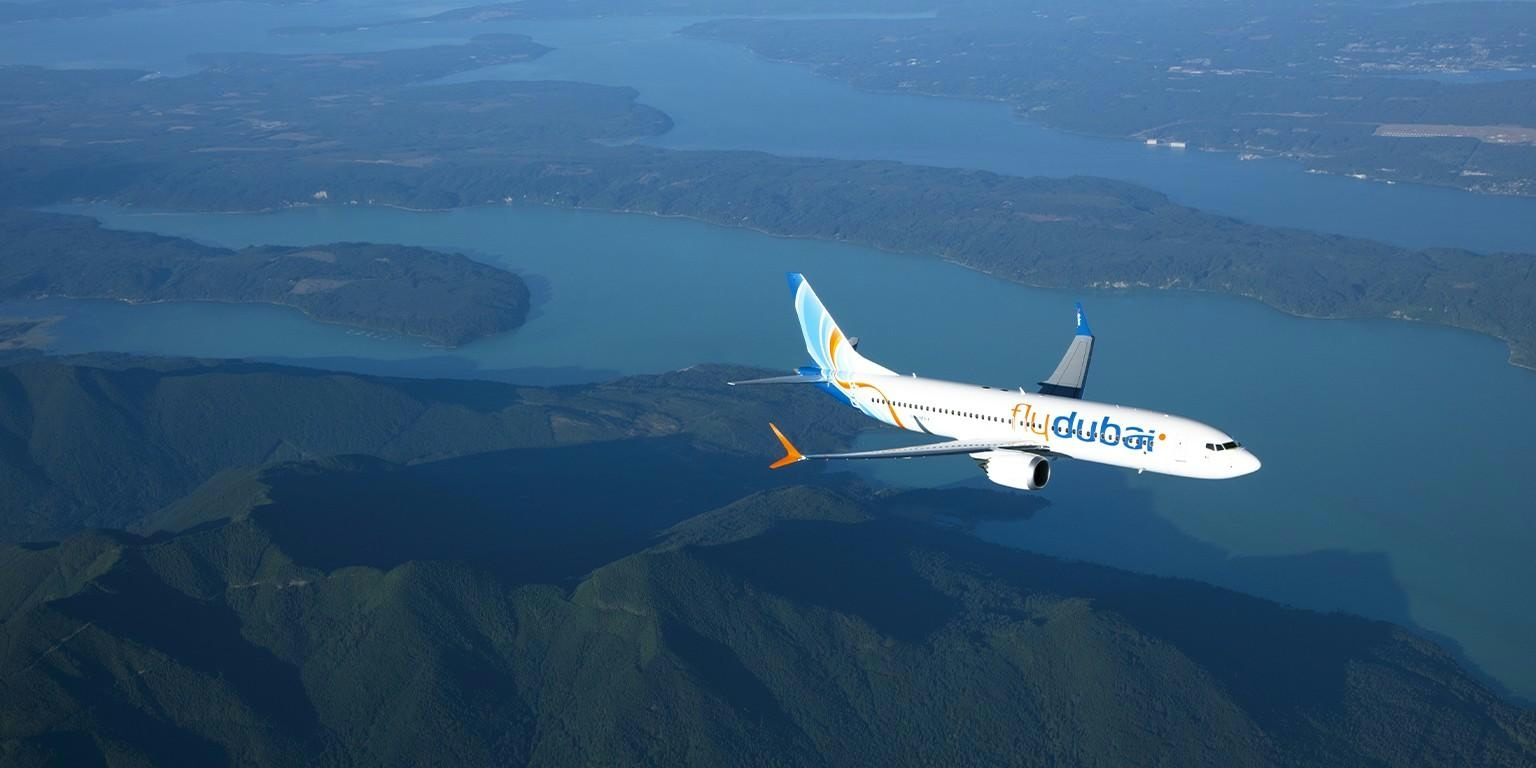
Flydubai Partners with Amazon Web Services to Enhance Digital Operations
